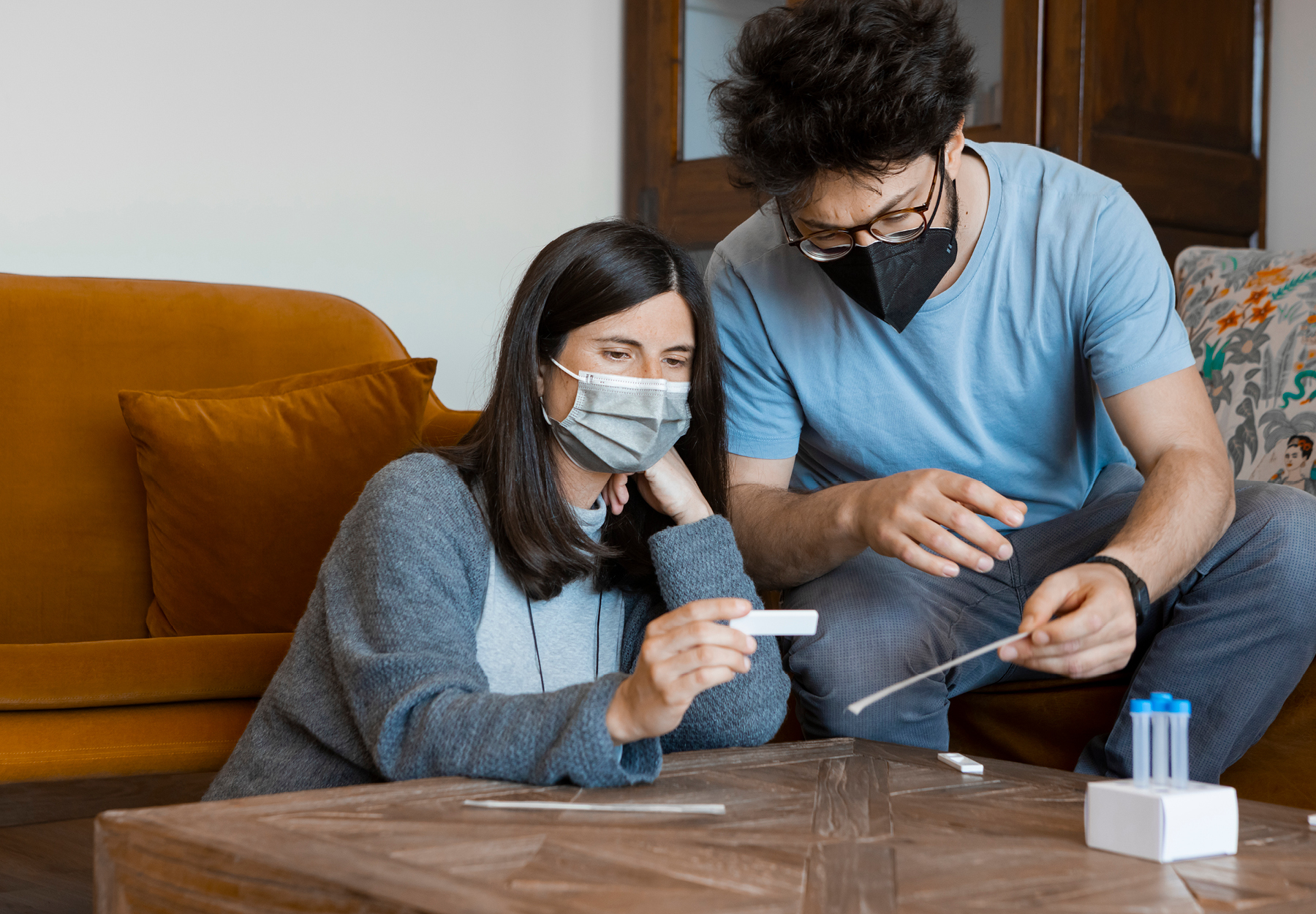Just How User-Friendly Are Current Rapid At-Home COVID-19 Test Kits?
Nearly a dozen at-home COVID-19 antigen test kits have received Emergency Use Authorization (EUA) from the US Food and Drug Administration. And that begs a crucial question: Just how user-friendly are these at-home tests? A new report from health care not-for-profit ECRI is the first to study the usability of current at-home products. Regrettably, the findings are not terribly encouraging. At-home testing and the pandemic At-home tests can be a win-win. In addition to providing rapid results—often in under 10 minutes—home antigen tests are more convenient for consumers who do not fancy the prospect of waiting in long lines at testing centers. At-home rapid tests also reduce the burden on laboratories that are currently overwhelmed with back orders to test patients displaying COVID-19 symptoms. The fly in the ointment are the risks that come with relying on untrained patients to collect and test their own samples. At-home COVID-19 tests are performed on tissue samples collected using a long swab. While throat swabs are allowed in some countries, at-home COVID-19 test kits in the US are cleared only for nasal collection. Ideally, these samples should be collected by a trained health care professional and tested by a CLIA-approved laboratory. In addition […]

Subscribe to Clinical Diagnostics Insider to view
Start a Free Trial for immediate access to this article